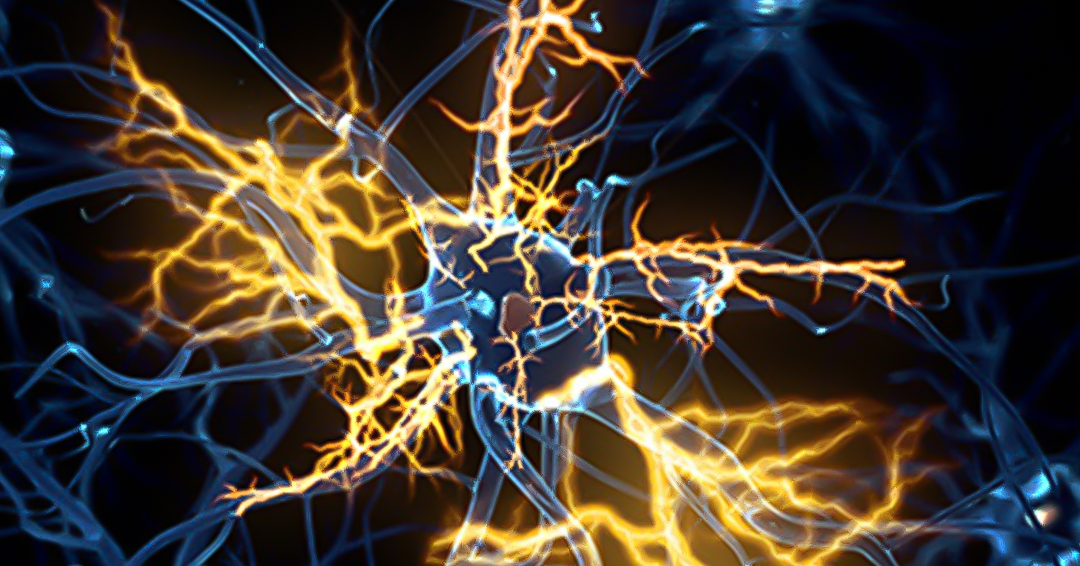
The work of RI-MUHC researchers leads to a new treatment protocol
A team of researchers from the Montreal Children’s Hospital (MCH) and the Research Institute of the McGill University Health Centre (RI-MUHC) has documented for the first time how nociplastic pain – pain experienced despite no evidence of tissue or nervous system damage – affects children and adolescents.
Their observations, published recently in The Journal of Pain Research, led to the development of a new treatment protocol based on patients’ pain mechanism and individual sensations, and to a significant reduction in the medications used and interventions performed to treat patients.

“Nociplastic pain is notably present in people with fibromyalgia, complex regional pain syndrome and irritable bowel syndrome,” says study co-lead author Pablo Ingelmo, MD, a pediatric anesthesiologist and director of the Edwards Family Interdisciplinary Centre for Complex Pain (the Centre) at the MCH. “While first identified in adults, it had never been described in children.”
In 2016, the Centre became the first, and only, pediatric complex pain facility in Canada to analyze the nociceptive system ─ the system responsible for perceiving pain-producing stimuli ─ of all its patients using quantitative sensory testing (QST).
“Thanks to this analysis and our research, we can now identify children and adolescents with nociplastic pain and treat them accordingly,” adds Dr. Ingelmo, who is also associate investigator in the Child Health and Human Development (CHHD) Program at the RI-MUHC. “The result is fewer drugs, fewer side effects, lower costs and, most importantly, happier patients.”
Personalized medicine for children
According to Dr. Ingelmo, at least 75 per cent of patients followed at the Centre experience adverse effects from medications within the first month of treatment. The desire to reduce these adverse effects, while improving treatment efficacy and patient safety, led Dr. Ingelmo and his team to focus on personalized medicine that incorporates research tools such as QST and validated questionnaires rather than protocols primarily developed for adults, which emphasize pharmacological treatments. The recently published study shows that this was the right choice.
“Because we can now determine how each of our young patients feels pain, we can personalize treatments and avoid giving them inappropriate and unnecessary medications. This is the culmination of a long process that we have put in place and that has paid off,” says Catherine Ferland, PhD, co-lead author of the study, a scientist in the CHHD Program at the RI‑MUHC and an assistant professor in the Anesthesia Department at McGill University.
To conduct their research, the researchers retrospectively studied the records of 414 patients at the Centre who completed QST between May 2016 and September 2021. Nearly 40 per cent of them were identified as having nociplastic pain, following these criteria:
- Persistent or recurrent pain for at least three months
- Regional (diffuse) pain rather than discrete/distinct in distribution
- No evidence that other pain mechanisms are entirely responsible for the pain
- Evoked pain hypersensitivity that can be clinically elicited in the region of pain
Various symptoms associated with nociplastic pain
The team was able to identify the clinical and biopsychosocial characteristics of children and adolescents with nociplastic pain, as well as the clinical outcomes of their care. They found that these children had more symptoms of panic disorder and social phobia, and poorer sleep quality than children with other types of pain.
In addition, the study found that the proportion of patients who achieved a clinically meaningful outcome from their treatment (medication, physiotherapy, psychology, nursing, social work and/or interventional procedures) was lower in patients with nociplastic pain (62 per cent) than in those without (86 per cent).
“One-third will continue to suffer from chronic pain into adulthood, making it important to properly identify the pain mechanism at work and provide appropriate treatment,” says Dr. Ingelmo.
A series of small steps
This research work originated from a collaboration with Jean Ouellet, MD, a senior scientist in the Injury Repair Recovery Program at the RI-MUHC, and Catherine Ferland, who opened a pain lab in 2013-2014. At the time, the researchers were interested in the transition from acute to chronic pain. Their work later led to the creation of a protocol to reduce the adverse effects of treatments and improve their effectiveness.
“Since 2015, our research program has been fully integrated with clinical care,” explains Dr. Ingelmo. “It’s really a continuum of small steps that got us here, and it would not have been possible without the support of the Montreal Children’s Hospital Foundation, which understood the importance of our research and our vision: to develop safer personalized treatment.”
About the study
The study The psychosocial characteristics and somatosensory function of children and adolescents who meet the criteria for chronic nociplastic pain was conducted by Don Daniel Ocay, Brendan D Ross, Lorenzo Moscaritolo, Nabeel Ahmed, Jean A Ouellet, Catherine E Ferland and Pablo Ingelmo.
https://doi.org/10.2147/JPR.S397829
The Edwards Family Interdisciplinary Center for Complex Pain is partially funded by the Louise and Allan Edwards Foundation.
